70% of California beaches could be lost by the end of this century, new USGS survey finds
The impact of historic weather and changing climate trends threaten up to 70% of California beaches, which could be lost to erosion by the end of this century, a recent U.S. Geological survey found.
The government report released earlier this year, which is in the process of being peer-reviewed for publication, found that between 25% and 70% of California's beaches – and up to two-thirds of the state’s approximately 840 miles of coastline – could be washed away by 2100 due to rising sea levels caused by global temperature increases and greenhouse gas emissions.
In 2017, a study conducted by the same researchers found that between 31% and 67% were at risk of disappearing.
"Beaches are perhaps the most iconic feature of California, and the potential for losing this identity is real," Sean Vitousek, the lead researcher, said in 2017. "Losing the protecting swath of beach sand between us and the pounding surf exposes critical infrastructure, businesses and homes to damage.”
In the next 25 years, the West Coast faces a potential sea level rise of up to eight inches, according to the National Oceanic and Atmospheric Administration.
The report’s estimates of how the entire state's coastline will shift were determined by combining rising sea level models due to global temperature increases with two decades of satellite imagery of Ocean Beach in San Francisco.
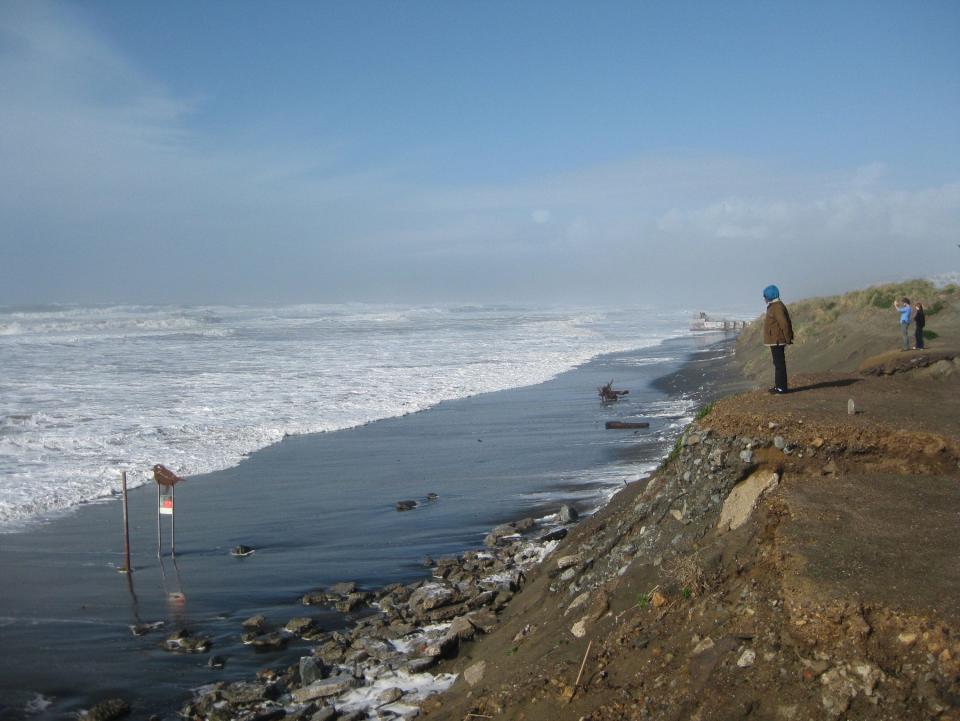
Researchers say the report can help guide the state’s coastal preservation and monitoring efforts. To maintain existing beach widths, the state will need to “ require substantial management efforts,” including beach nourishments, sand retention, armoring, dune restorations as well as other engineering and nature-based solutions, the survey said.
“Beaches are natural resources, and it is likely that human-management efforts must increase in order to preserve them,” Vitousek said in 2017.
‘A balancing act’: Band aids versus longterm solutions to coastal erosion
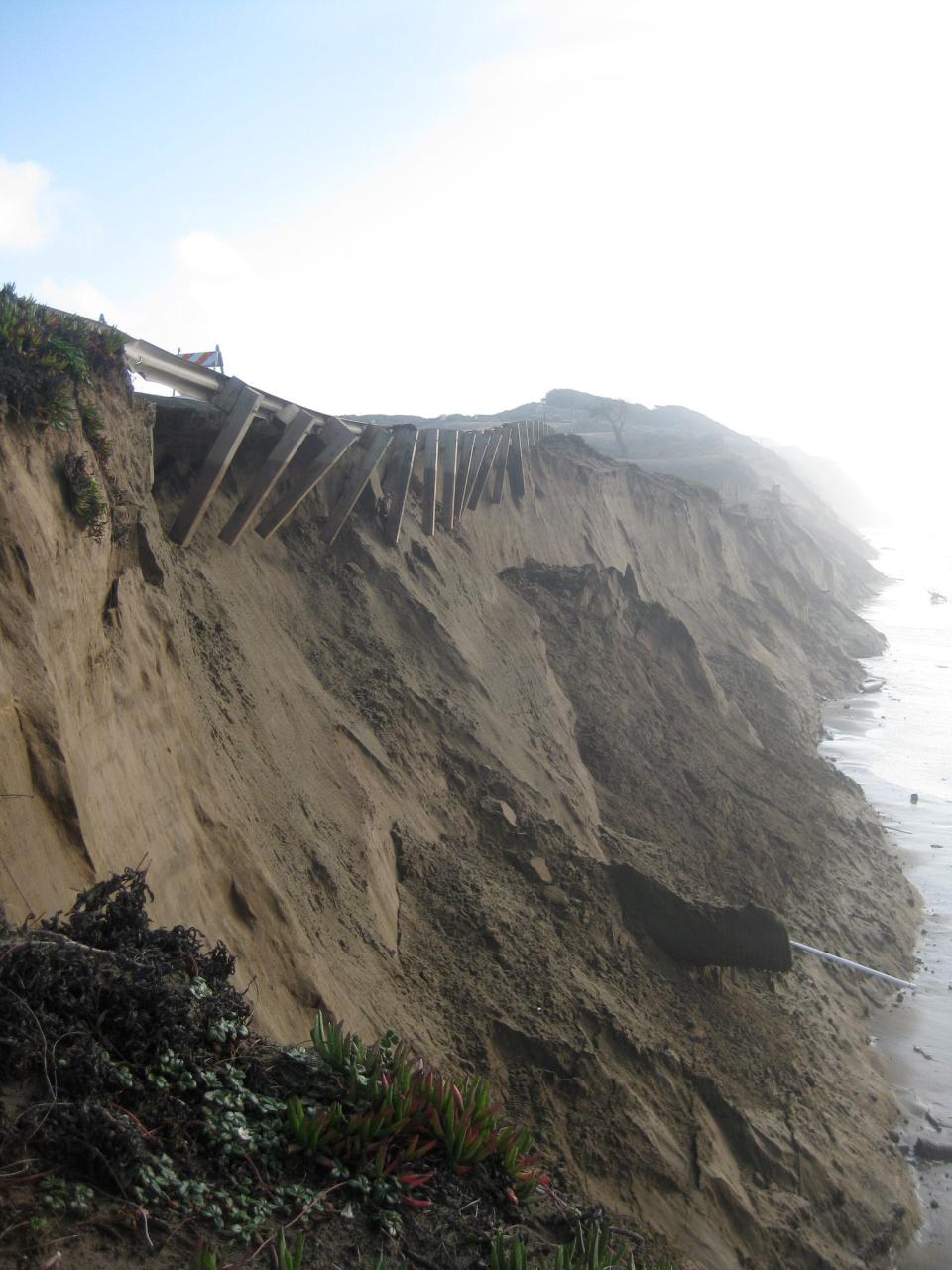
Shalini Vajjhala, Executive Director of the nonprofit PRE Collective, says that determining a sustainable plan to address coastal erosion and beach maintenance is “a balancing act” between allocating resources towards “urgent needs” that arise from something like extreme weather, while also reducing the overall root causes of climate change’s impact on the landscape. PRE Collective works with communities across the U.S. to help them plan resilient and sustainable infrastructure development.
“The balancing act is making sure that we address the urgent needs and help folks who are suffering and still reduce the underlying risks and damages,” Vajjhala said.
Nourishment is not a long-term solution to beach erosion but protects property, ports and tourist destinations in the short-term, according to the U.S. Army Corps of Engineers.
"Keeping beaches nourished with sand helps them to absorb waves and storm surges, which protects property from coastal hazards. Sandy beaches are important habitats for birds, turtles and other wildlife. Tourism at recreational beaches is a vital part of the economy in many coastal regions. For all these reasons, beach restoration and renourishment are valuable sediment management activities," the U.S. Army Corps of Engineers said.
Beach nourishment is an example of a band aid that addresses immediate needs, Vajjhala said, but it can have significant impacts on local ecosystems when sand is deposited on coral reefs or other fragile ecosystems.
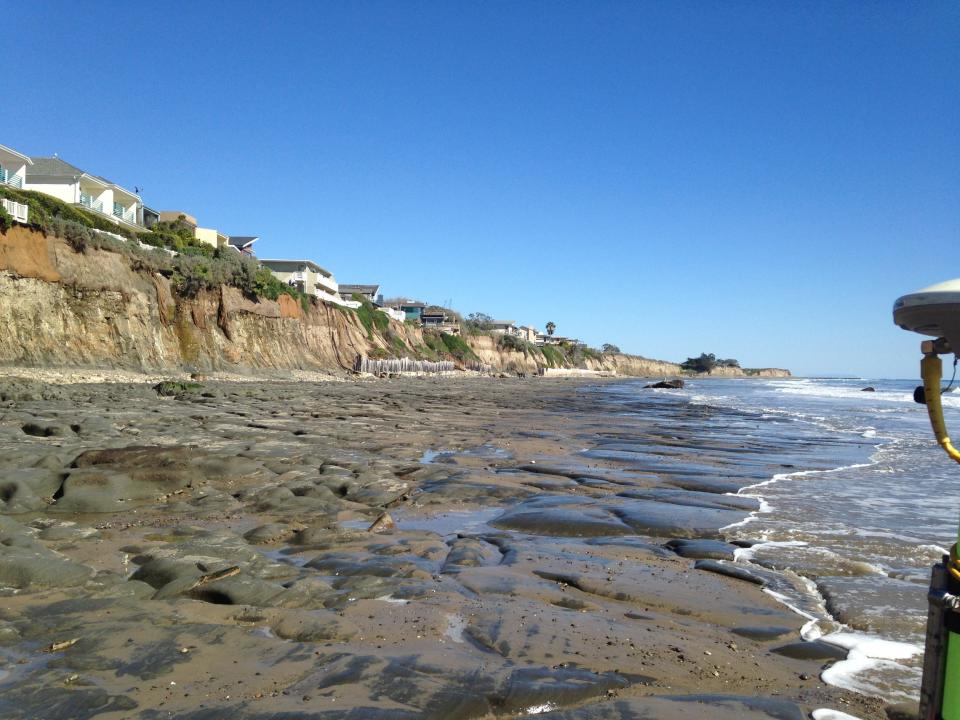
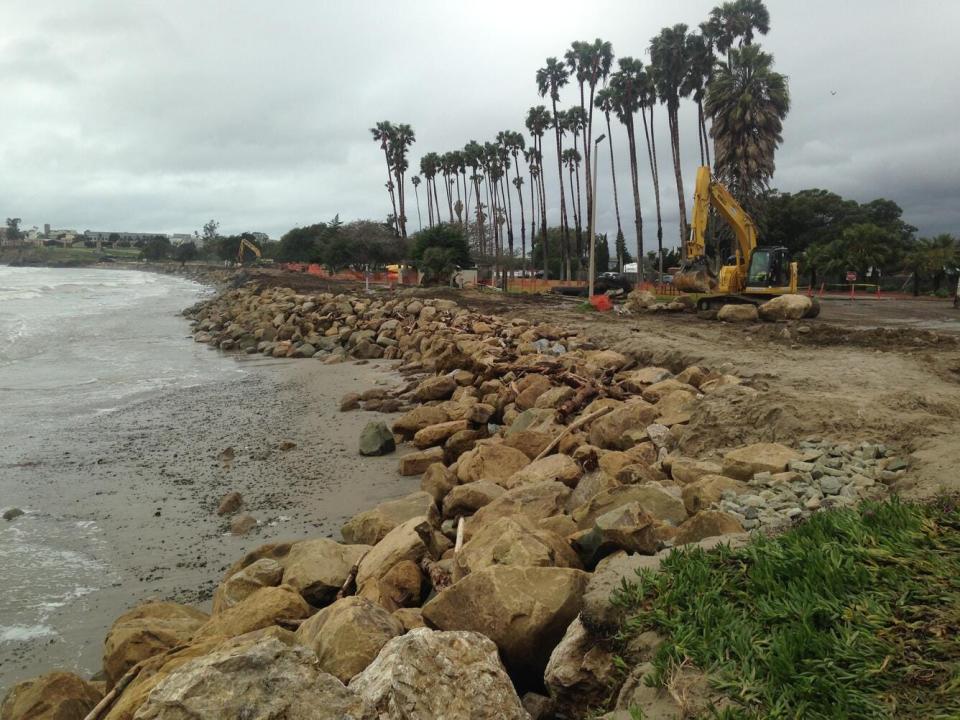
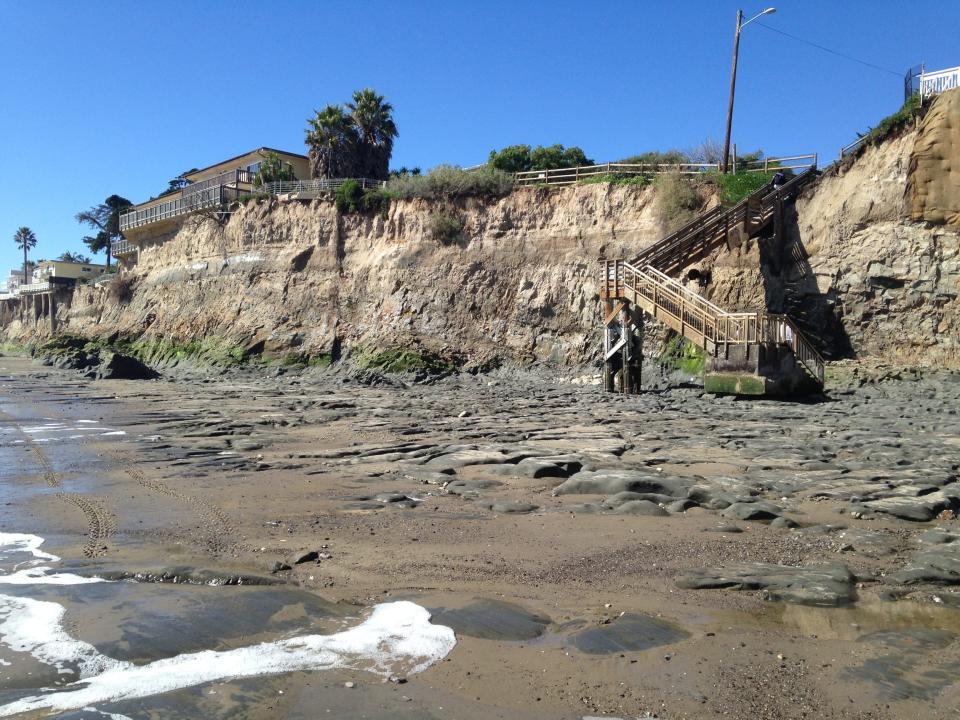
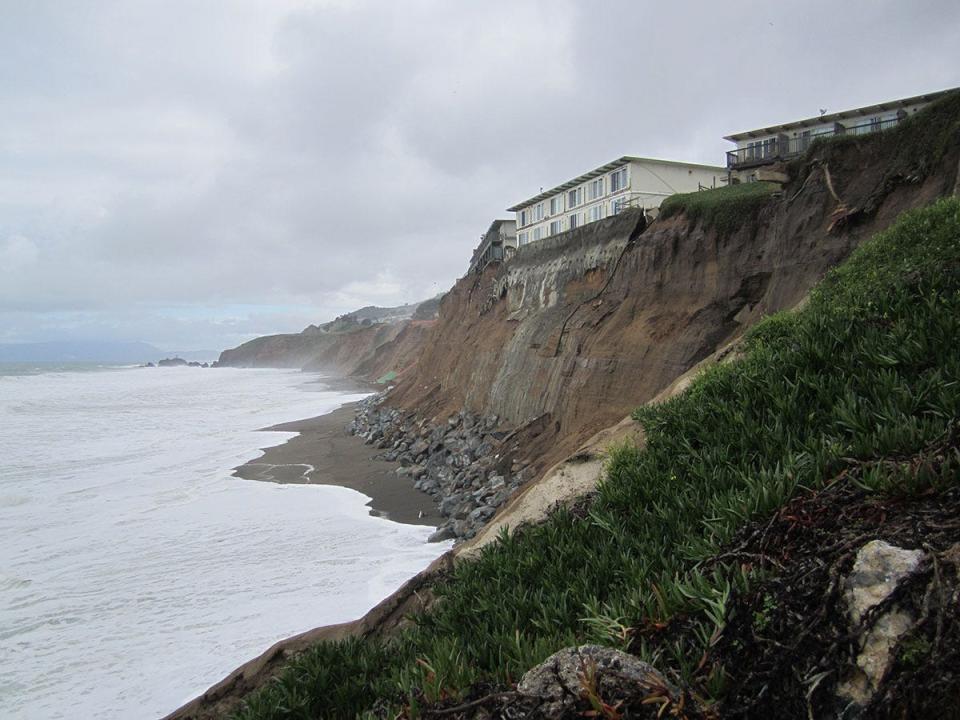
Beach nourishment has been more prevalent on the East Coast historically, but West Coast initiatives have also occurred, and California has made efforts to better coordinate coastal sediment management and beach nourishment activities.
Beach maintenance is often determined on past-use and whether it’s historically been a sandy or rocky beach, Vajjhala said. If sandy beaches in states like Florida and North Carolina turned into rocky ones, similar to much of the West Coast's shore, it would deeply impact their local economy and environment, Vajjhala said.
“Band aids triage things that help you deal with the immediate symptoms. But they don't actually change the underlying problem, right? They don't make a storm less bad. They just deal with the results of it. And so a lot of our solutions for coastal erosion that are more long term are preventing it from happening in the first place,” Vajjhala said.
Vajjhala said that more federal funding in recent years and improvements in land, agriculture, water and fire management are helping to promote more sustainable, longterm solutions to coastal erosion.
More coverage by USA TODAY
Is sand the best defense? Jersey Shore's fate in powerful storms still uncertain 10 years later
More: Dramatic photos show aftermath of historic snowfall, winter storms blanketing California
This article originally appeared on USA TODAY: Beach erosion in California threatens nearly 70% of beaches: Survey

